Optimal Timing for Tick Control
Effective tick control requires understanding seasonal patterns and environmental factors. Proper timing can significantly reduce tick populations and minimize the risk of tick-borne diseases.
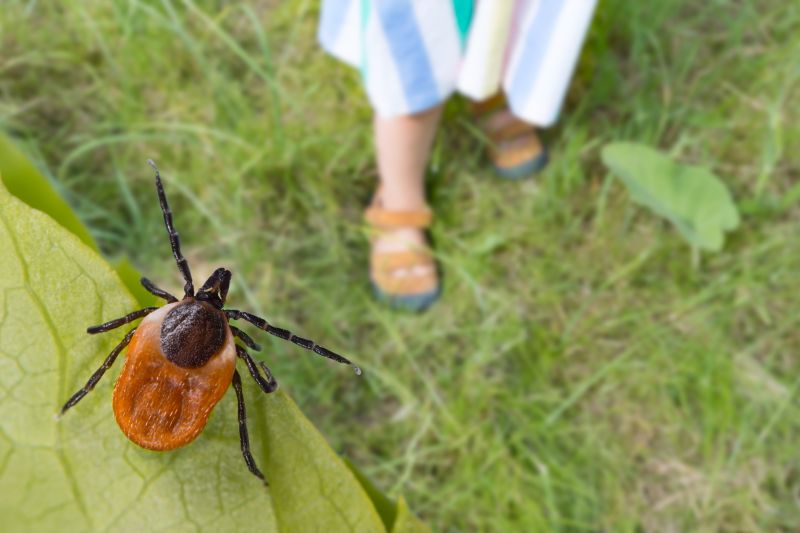
Ticks become active during the early spring, making it an ideal time for preventive measures.

Monitoring and treatment during summer help control ticks when they are most active.

Implementing control measures in fall can prevent tick populations from escalating in the following season.

Ways to make Tick Controls work in tight or awkward layouts.
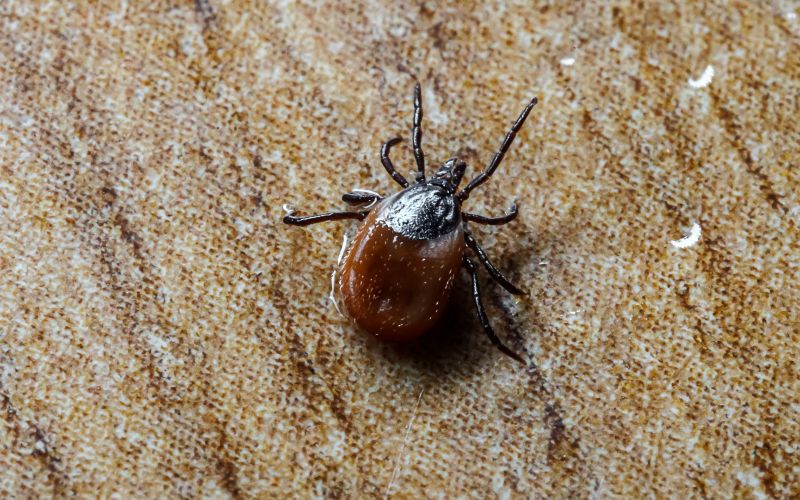
Popular materials for Tick Controls and why they hold up over time.

Simple add-ons that improve Tick Controls without blowing the budget.
Ticks are most active during warm months, typically from early spring through late fall. Their life cycle and activity levels are influenced by temperature, humidity, and vegetation. Timing interventions before peak activity can reduce tick populations effectively.
Ticks are most active when temperatures rise above 45°F and humidity levels are high. Understanding these patterns helps determine optimal control timing.
Vegetation, leaf litter, and moisture levels contribute to tick habitats, influencing when control measures should be implemented.
Applying treatments before ticks become active can greatly reduce the risk of infestations and disease transmission.
Regular inspection during high-risk months helps identify tick presence and guides control efforts.
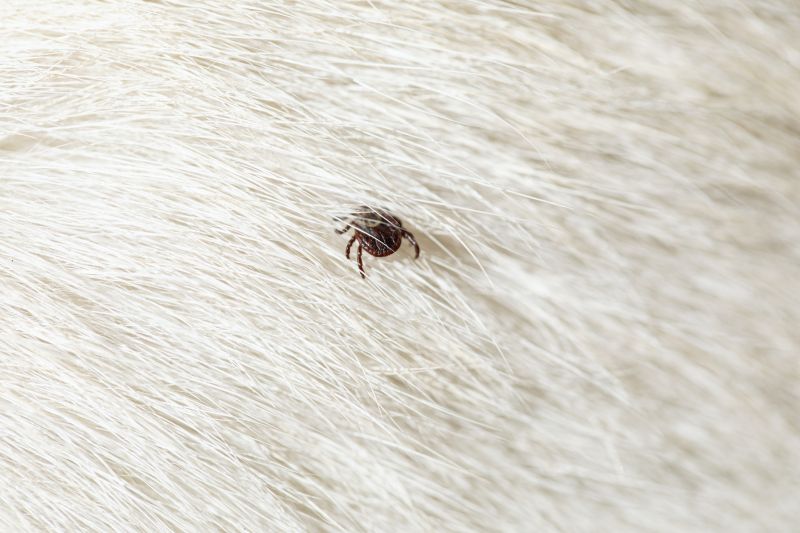
Vegetation and leaf litter provide ideal environments for ticks to thrive.
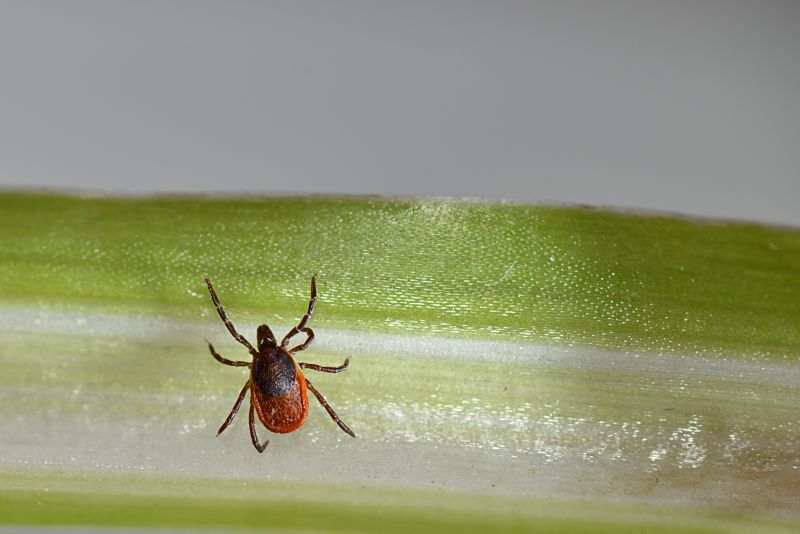
Understanding the stages helps in timing control measures effectively.

Typically during late spring and summer when temperatures are warmest.

Applying acaricides before peak activity reduces tick populations.

Maintaining landscape to reduce tick habitats is crucial.

High humidity supports tick survival and activity.

Using tick flags and traps helps track activity levels.
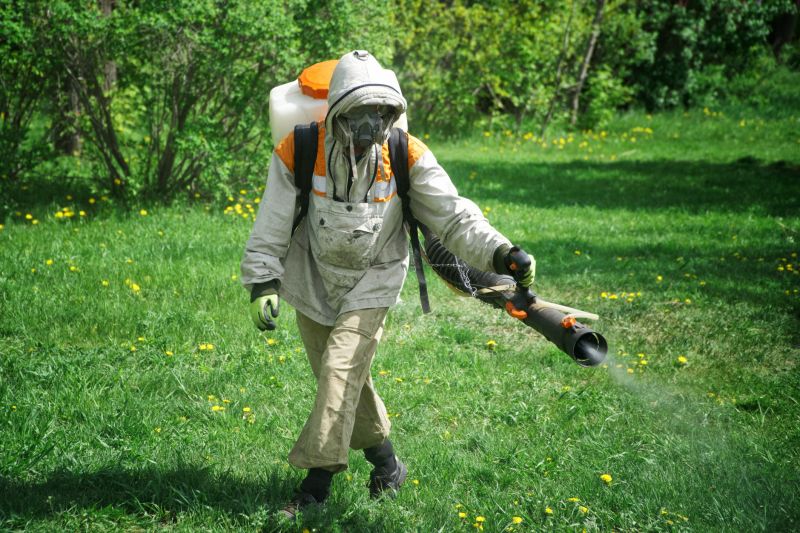
Aligning treatments with tick activity cycles optimizes effectiveness.

Applying control measures after peak activity can prevent population resurgence.

Longer warm periods may extend tick activity seasons.

Combining habitat modification and chemical controls enhances results.

Timing controls reduces the likelihood of disease transmission.
| Season | Recommended Control Timing |
|---|---|
| Spring | Begin treatments early before tick activity peaks. |
| Summer | Maintain monitoring and treatment during high activity. |
| Fall | Implement control measures to prevent population buildup. |
| Winter | Limited activity; focus on habitat management. |
| Early Spring | Prepare landscapes for upcoming activity. |
| Late Fall | Apply treatments after activity declines. |
Understanding the timing of tick activity is essential for effective control. Implementing strategies aligned with seasonal patterns helps reduce tick populations and the associated health risks.
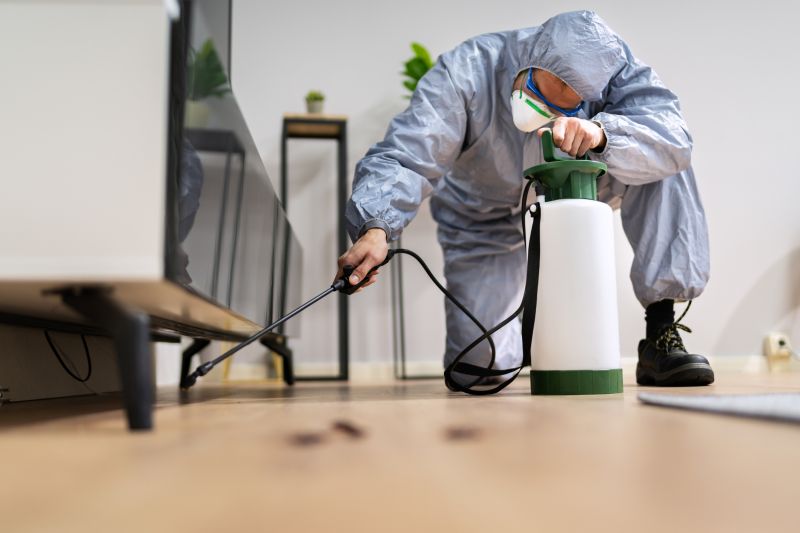
Proper equipment ensures effective application of treatments.

Maintaining yard and garden areas reduces tick habitats.

Regular checks help identify active periods.
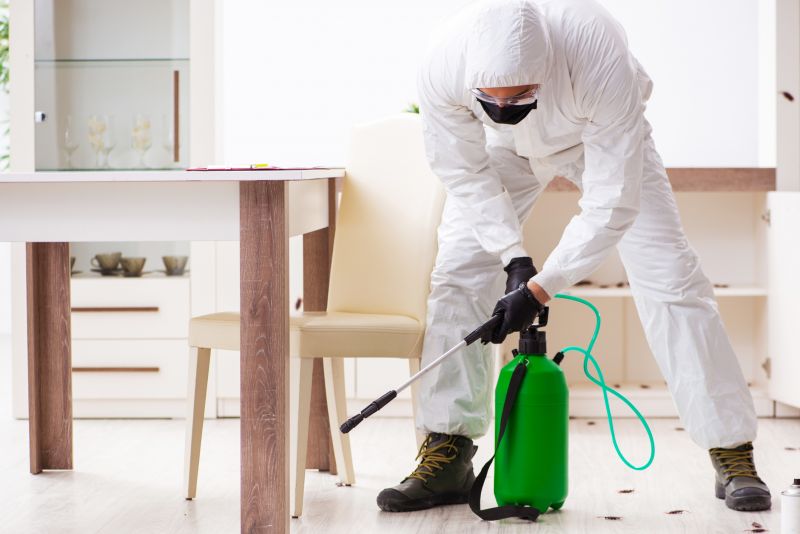
Wearing appropriate gear during high activity seasons.

High-end options that actually feel worth it for Tick Controls.

Finishes and colors that play nicely with Tick Controls.

Little measurements that prevent headaches on Tick Controls day.

A 60-second routine that keeps Tick Controls looking new.
Timely tick control measures are vital to minimizing exposure and disease risk. Proper planning and execution based on seasonal activity patterns can lead to more effective management.



